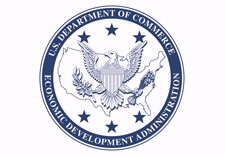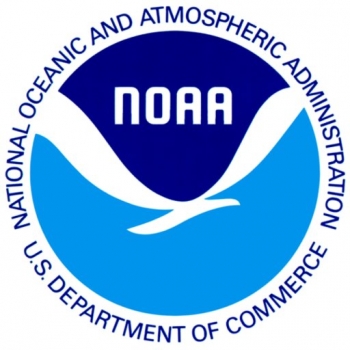EDA’s Smart Investments Generate Returns, Create Job & Economic Growth
This week, President Obama called for more robust job creation measures in his Joint Address to Congress. To put Americans back to work, we must make smart investments to support the jobs and industries of the future, and that is what the U.S. Economic Development Administration (EDA) does across the country.
As the only government agency with economic development as its sole mission, EDA leads the national bottom-up job creation and growth agenda by promoting American innovation and building strong regional economic ecosystems to accelerate long-term, sustainable economic prosperity. The agency’s investments have two major goals: creating higher-skill, living-wage jobs and attracting private capital investment. Its diverse portfolio of construction, technical assistance, finance, and investment planning assistance are designed to help communities build upon their regional assets to foster job creation and business expansion.
The agency’s work is generating real returns. Every $1 dollar in EDA grant funding is expected to leverage nearly $7 dollars worth of private investment. In FY 2010, EDA awarded investments that totaled approximately $285 million, excluding supplemental funds. Of this amount, approximately $191.5 million funded construction projects that are expected to help create or retain about 48,500 jobs and generate nearly $6 billion in private investment, according to grantee estimates at the time of the award.










